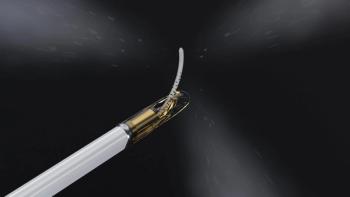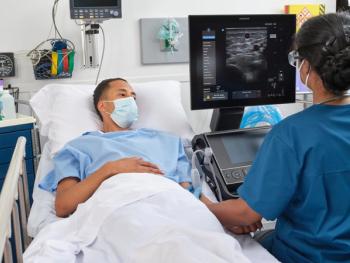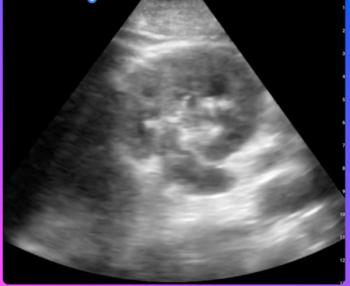
Automated Breast Ultrasound Far Faster than Hand-held
Researchers found ABUS takes three minutes of physician interpretation time compared with 20 to 30 minutes for hand-held ultrasounds.
Dense breasts are difficult to image by mammography, causing one-third of cancers to be missed, thus requiring ultrasounds for further examination, researchers said.
“Ultrasound can and does detect additional, clinically significant, invasive, node negative breast cancers, hat are not seen on mammography,” said Rachel Brem, MD, the study’s lead author. Because traditional ultrasound screening is time consuming, a quicker three-minute technique is a “game changer,” she added.
To evaluate the automated breast ultrasound effectiveness, the researchers assessed how long it took for radiologists to interpret the automated exam. The mean reading time for the three radiologists in the study was 173.4 seconds.
An FDA panel recently voted in favor of the automated breast ultrasound efficacy and safety, although its use remains limited now.
Newsletter
Stay at the forefront of radiology with the Diagnostic Imaging newsletter, delivering the latest news, clinical insights, and imaging advancements for today’s radiologists.




